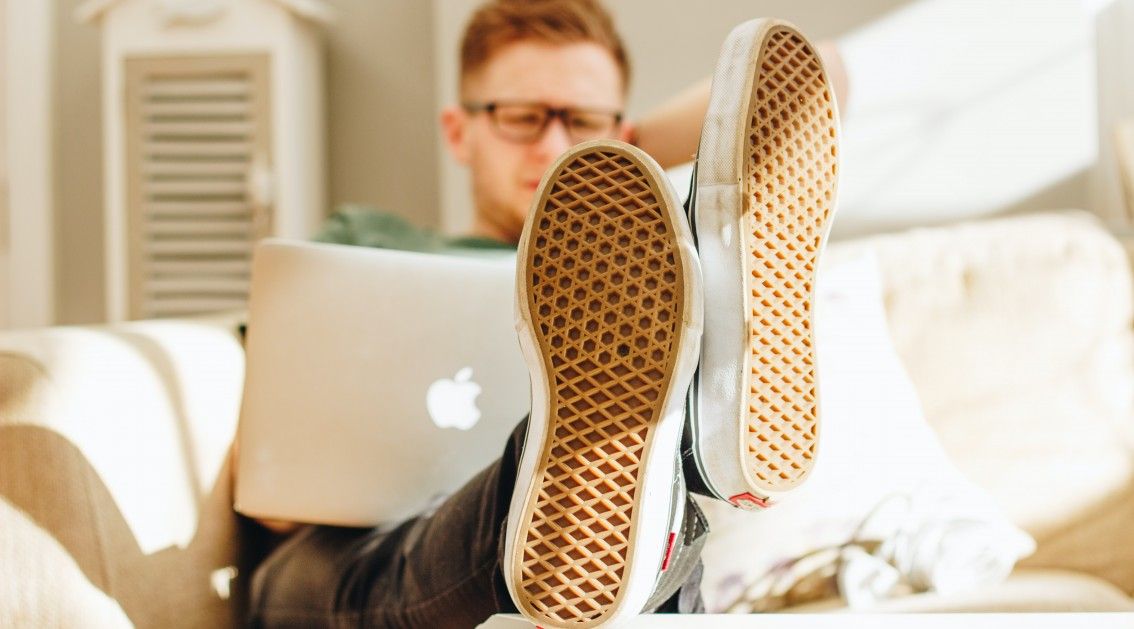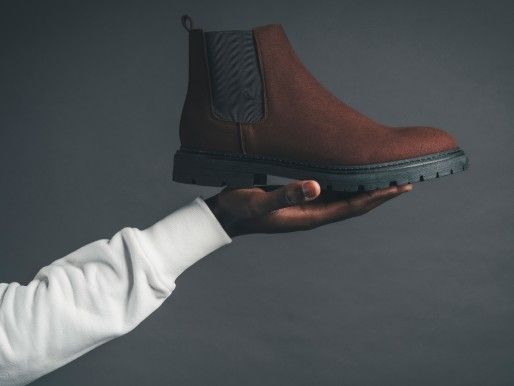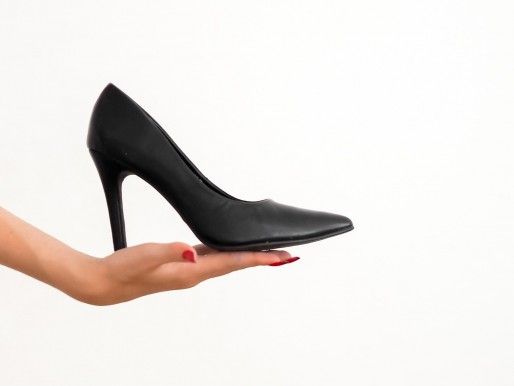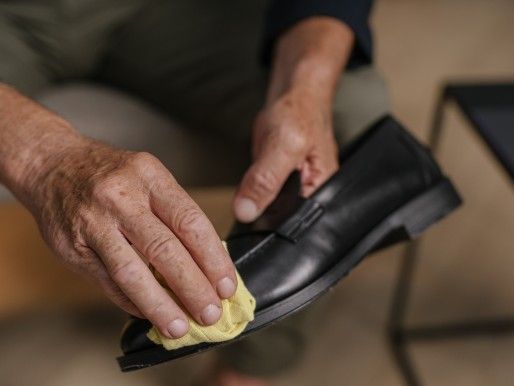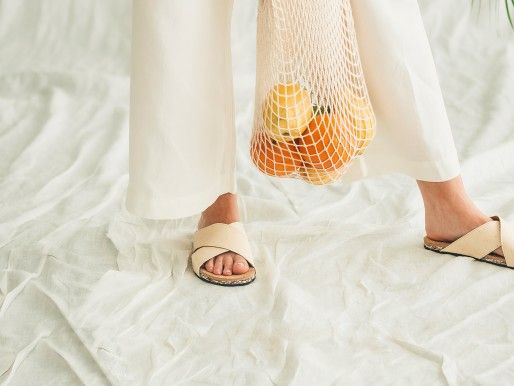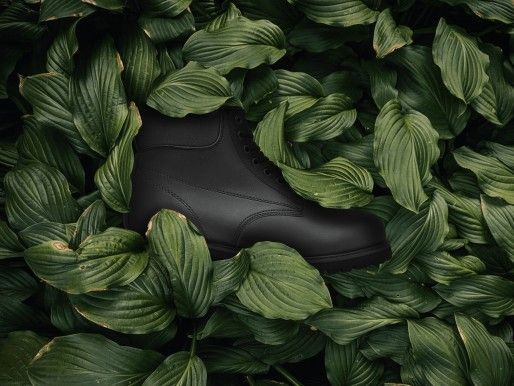The hierarchy of power in the fashion industry has changed in recent years. Once upon a time, faux-designer schlock ruled the roost – seasonal threads sped out of the factory as fast as underpaid hands could make them, to be worn once and buried in a cupboard until a spring clean ten years later re-homed them to landfill. But we live in a different time; it's 2023, and the conscious consumer is becoming a bigger and bigger challenge to unethical brands, and all for the better. With the youngest Millennial rounding out to be twenty seven years old, the generation below them, the Zoomers, are contributing just as much to the slow fashion revolution as their quirky older siblings, and each in their own unique way.
Fast Fashion
We live in a society where 75% of consumers believe that sustainability is important. However, only one in three people reported that they'd be willing to financially support brands that would make a positive sustainable impact. These stats are particularly interesting when you remember that about 21% of the population are Millennials. Meanwhile, Zoomers make up another 20% of the population, if we take into account that a notable portion of that group are under 18, the remaining adult Zoomers would knock that segment up to about a combined 25-30%. Is this a co-incidence? Well, It's certainly a co-relation at the very least. But with the younger generations being more likely to follow through with action on their ideals, it's hard to ignore the connection that making a difference skews younger.
The issue of fast fashion won't get better on it's own – in fact, it's expected to get worse. The UN projects a rise of 60% emissions from textile production in less than ten years. Production of these fabrics uses an obscene amount of ground water and drinkable resources, as well as releasing a glut of microplastics into the eco-system yearly, harmful to human and animal life, that won't bio-degrade.
The mass implementation of animal leather in fast fashion is also deeply harmful. Large amounts of polluting resources, including fossil fuels, are used to raise the poor animal for slaughter. Furthermore, the toxins used in tanning the leather cannot be disposed of in an entirely non-harmful way, placing the burden of chemicals like formaldehyde upon the shoulders of the eco-system. Cruelty-free leather and specifically vegan, plant based leather alternatives are the sustainable solution to this problem, alongside recycled materials.
Millennials
Stubborn, bold and idealistic, Millennials often buck long established trends in favour of sticking by principals that lead to a better world. Older people often decry the Millennials' shunning of “traditional” injustices and unfair practices that have disguised themselves falsely as “just hard work” or “the real world”; Millennials are unwilling to accept a bad thing as it is, and will actively work to improve it. Currently, that effect is felt nowhere stronger than the fashion industry.
'Indeed', a prominent job website, listed the ten best and most popular jobs among Millennials, and a clear theme emerges. Tech jobs, analyst jobs, and jobs within graphic design/advertising take the overwhelming majority of spots. Millennials are a generation of modern professionals, white collar office/home bound workers with tech skills at their fingertips. Another important part of the puzzle is that these jobs are usually significantly above minimum wage. I think most people's stereotype of a Millennial is a trendy young person with a tech job, who lives in the city, and enjoys some kind of artisan drink, be that coffee, wine, or IPAs. The lifestyle that these jobs facilitate speaks truth to that story.
So, a conscientiousness about all things sustainable and a general sense of justice, mixed with a decent amount of disposable income and a discerning eye for quality products, leads the Millennial to a prominent role in the fight against fast fashion. They are the bulwark of support for sustainable brands, the people with a few extra dollars who would feel genuinely guilty buying a cheaper, polyester item over a tender organic cotton alternative. Maybe they don't always have stacks of cash to throw away, but when they do go shopping, they buy to last and will happily spend more if they can feel they're making a tangible difference. While older people might criticize Millennials for lacking the ability to follow through and call them lazy, the truth is that they are simply following through on different priorities. Gone are the days where the young job-seeker makes working for a polluting mega-corporation their goal; instead they dedicate their personal reserve of 'follow-through' to living a cleaner, better personal life instead. It is this change that is a challenge to fast fashion, and that can only be a good thing.
When Millennials decide to choose vegan shoe options and ethical accessories over the offerings put in front of them by big fashion, they choose a more sustainable future in keeping with the values they take so seriously.
Zoomers
The Zoomer generation holds all the conviction of the Millennial generation, with a noticeable serving of cynicism thrown in. More of a focus is placed on how bad the bad companies are, rather than a focus on the good that others do. However, the end result is the same. The youngest generation of adults feels as if the world handed to them is in a dire, perhaps irreversible situation, but that doesn't mean they've given into the collapse. Driven by spite and irony, a significant portion of Zoomer fashion revolves around turning to the past for trends.
For a generation deeply immersed in nostalgia for the so-called “Y2K Aesthetic” (the visual style and fashion of the late 90s to early 2000s) old clothes are back with a vengeance. The tag “thrifted” has over 9 billion results on this generation's social media of choice, TikTok, almost the same amount of results for that word on the entirety of the Bing search engine. And that's just one, uniquely American term for the practice. Buying second hand, buying vintage, buying from charity shops – whichever term you use is probably tied to some level self-importance, but all roads lead to Rome. In addition to existing physical stores and marketplace websites, entire apps have sprung up into the overwhelming mainstream, allowing people to sell their second hand clothes. “Kilo” vintage stores open regularly on the high street, selling second hand threads by the kilogram – mountains of clothes that would have ended up in landfill are now part of a thriving second hand market.
This appeals to Zoomers much more due to their limited budgets – for a demographic that just got their starter jobs, if they've entered the workforce at all, second hand clothing allows a wide variety of quirky styles and accessories for rock bottom prices. But unlike the cheap prices of fast fashion, this type of accessorizing feels more authentic, trendier, and ties into the love of nostalgia that the new-obsessed fashion industry can't manage to capture.
If anything, the generations are operating like a family – Millennials wear good clothes for a long time, then sell them second hand to younger people, almost like an older sister passing on hand-me-down clothes. Second hand is not only widespread, it's popular. No longer do teens fret about being seen in out of style clothes; if anything, it will accumulate more likes and attention than any fast fashion stitches would, as the style of yesteryear carries a mysterious, ironic warmth in it's flared, tacky glory.
The cynicism of this generation works against fast fashion. The shallow world-view pushed for so long where one should be ashamed to be viewed as out of fashion has been seen through utterly. Zoomers become aware of such narrative charades much easier than people decades gone by, as the spread of information online enables a more aware counter-culture to whatever big fashion puts on the cover of magazines that no-one's read since 2004. The vintage revolution is being led by teenagers, which is a critical, nay deadly blow to the forces of unsustainability.
Conclusion
As a vegan footwear brand, we're always looking to the future, be that in the materials we use, practices we operate under, and, indeed, in a more general outlook. Looking towards the youth of today, we can't help but hope that buying trends are heading in the right direction. With both generations of young people making more ethical fashion choices, be that vegan shoes, sustainable sneakers, or something as simple as a recycled raincoats they got from a charity shop, this trend can only continue in a positive direction. In fifteen, maybe twenty years, it will be interesting to see just how sustainable the generation after that, the so-called “alphas” will be. Currently only alive as children, we hope the state of the world as it is now will ingrain a continued passion to go green, both in the wardrobe and the refrigerator.


